Roofs are an integral part of all buildings. They protect your home from precipitation and other external forces. They also keep the entire structure intact. Unfortunately, roofs are the most exposed part of a building, making them vulnerable to harsh weather conditions and outside elements. Even though you can’t control weather conditions, you can protect your roof from heavy rains and potential water damage in the following ways.
1. Clear Debris from the Roof
Tree branches, leaves, and debris accumulating on the roof can cause water damage by restricting water flow into the gutters. Instead of draining to the gutters and downspouts, water pools on the roof. The best way to avoid this problem is to ensure that your roof is free from debris.
You should also trim tree branches close to your building with an above-ground pool. Strong winds and hailstorms may break long branches that damage the roof, providing an opening for water to enter the building.
2. Replace Missing Roof Shingles
Shingles are an important part of roofs. Therefore, cracked, missing, or bent shingles provide an opening for leaks and water damage. Fortunately, you can easily spot if there are missing shingles on your roof. If the roof of your building is high, you might spot parts of shingles in your driveway, yard, or splash blocks of downspouts. You might also see off-colored patches on the roof.
DIY enthusiasts or homeowners with some knowledge about roofs can comfortably replace missing shingles. All you need is to squeeze a small amount of roof sealant into the opening. If part of the shingle is gouged out, you will have to remove the nails using a hammer, then remove the remaining shingle with a pry bar before replacing it with a new shingle.
3. Clean Your Gutters Regularly
Roof gutters are a very important roofing component as they drain off rainwater away from the roof and siding. Therefore, if your roof gutters are clogged by debris and can’t drain water properly, you will have to deal with stagnant water and excessive moisture on the roof, which increases the chances of leaks.
You should observe several maintenance practices to ensure that your gutters are clean. Simple practices, such as removing leaves and debris from gutters and rinsing them regularly, assure clean gutters.
You should also inspect them regularly for rust and twists, which might lead to gutter issues down the line. Minor rust damage can be cleaned with a wire brush and a metal primer designed to inhibit rust. If your gutters are made of galvanized steel, they are more likely to be prone to rusting. This is more common in older homes.
4. Clear Ice Buildup During Snow
Homeowners living in areas with frequent ice and snowing have to deal with ice dam buildups, especially during winter. Ice dams often occur after heavy snowfall. Most homeowners warm their houses during winter, which melts the snow on the roof or they can an enclosed patio. However, temperatures at the roof edges are low (cold), causing the snow to freeze. This potentially clogs the gutters and stops runoff.
5. Apply Water Repellent
You can also prevent water damage on your roof by applying water repellent. Even though water repellent won’t prevent water damage on your roof completely, it provides an extra layer of protection. Generally, you should apply water repellent to your roof after installation or following roof repair. Since moisture is an important contributor to mold and mildew growth, applying water repellent ensures that your roof stays dry.
To waterproof your roof, give the substrate a good cleaning using a pressure washer to eliminate bond breakers. Once the surface is completely dry, apply a primer. Be sure to treat details, such as interior and exterior corners and pipes, on their own with reinforcing fabric embedded into the liquid membrane.
Once it’s finally time to apply the liquid membrane to the roof itself, be mindful of how many layers you apply. Too much product could result in uncured material, while too little could cause the membrane to fail prematurely. Inspecting the treatment and coating after every layer is crucial for a good water repellent treatment.
6. Respond to a Roof Leak and Resulting Water Damage
While waterproofing your roof provides protection, it doesn’t eliminate the risk of water damage completely. If your roof is harmed and water damage occurs, you should consult professionals right away. All types of water damage are considered an emergency, especially when it involves damaged roofs.
Water damage and leaks from the roof weaken the structure of the building. It also promotes mold growth, leading to more complications. This is why immediate action should be taken to reduce repair and renovation costs.
Conclusion
An important part of homeownership is ensuring that your property is in the right condition. Unfortunately, you cannot protect your building from harsh weather conditions. However, several measures can mitigate these risks. Consult professionals to repair water damage in unavoidable situations resulting from floods or hailstorms.

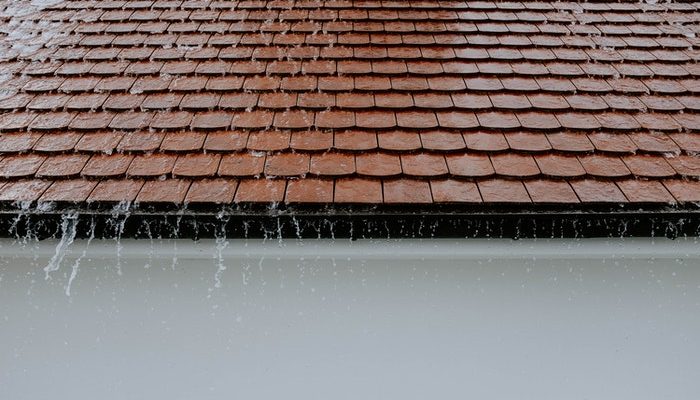


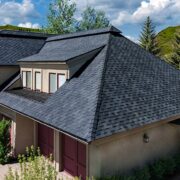
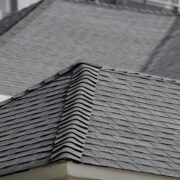
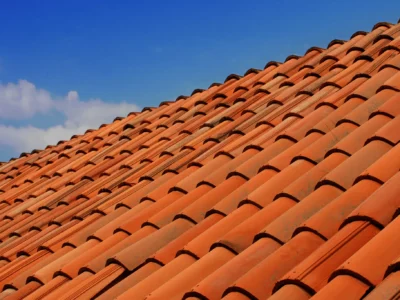


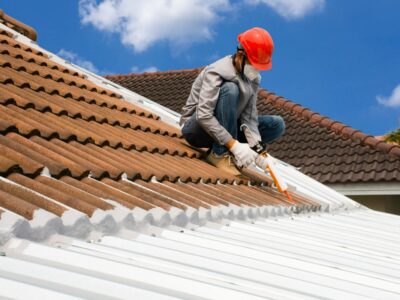
Comments